I never thought I would see the day where a bear manages to pull over a motorbike. This is a reminder to always take care when you are in areas that have bears. As well as preferably do not leave your things unattended.
The Start

The bear and her cubs arrive on scene. She walks over to the motorbike which was unattended. She clearly picked up a food scent in the bag attached to the back.
Mother Bear Got A Fright!

After she decided she was going to try get to the food. She started rocking the bike back and forth. She didn’t quite realise how strong she was and it fell over and giving her a big fright. She scurried away in a hurry.
Nothing Too Scary Though

Without losing any determination, she decided it was safe to return and try get at the food once more. As a conscious animal lover, you should try your best to not have food with you in National Parks. Especially in area with bears, do not leave your things unattended.
Another Tip
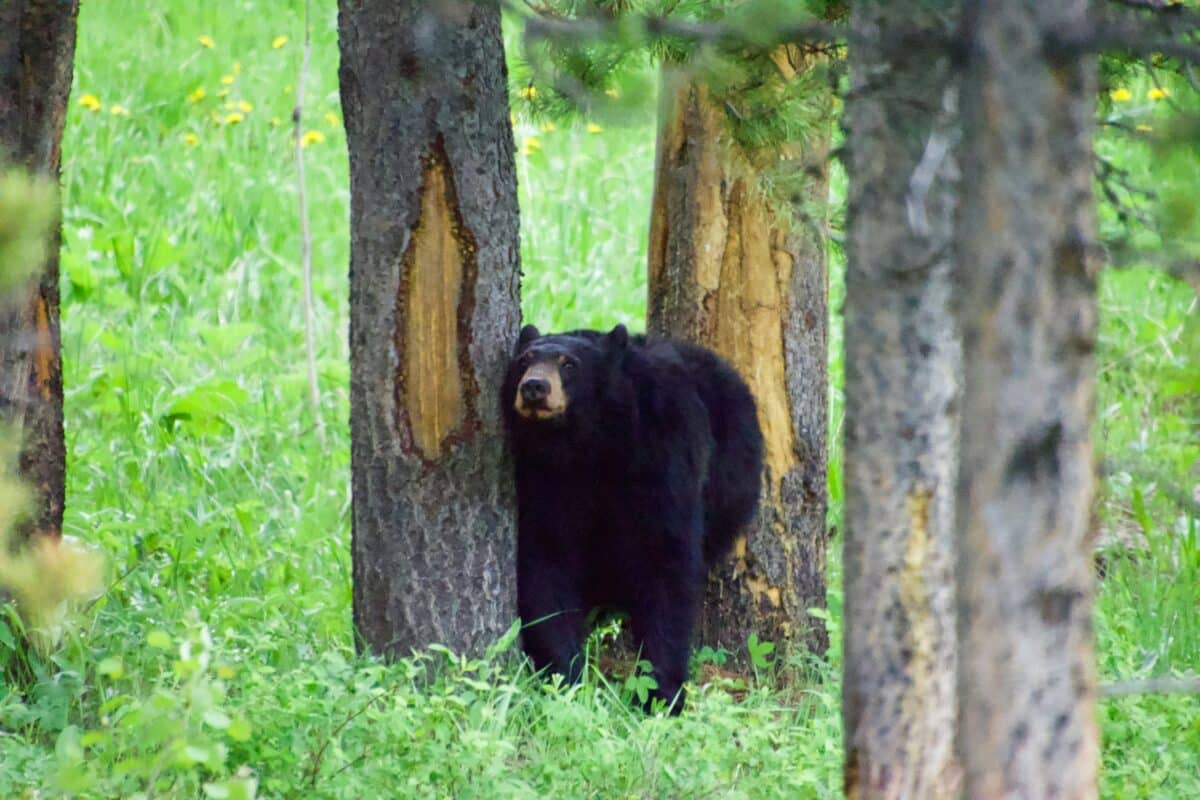
When you see a mother bear and her cubs, do not get off/out of your vehicle. It is more important to stay with your mode of transport than to take photos.
If you’re interesting in seeing the video!
Wrapping Up with Tourist Tries To Feed Bear Gets Chased On Top Of His Car

In the end, the tourist was lucky to escape with only a broken bike. He received only a scare and nothing more serious. When entering wildlife spaces we need to be aware and exercise caution. Respecting wildlife and their habitats ensures not only our safety but also the well-being of the animals.
What types of bears are there?

There are eight species of bears: American black bear, brown bear, polar bear, Asiatic black bear, Andean bear, panda bear, sloth bear, and sun bear. Each has unique traits and habitats.
What do bears eat?
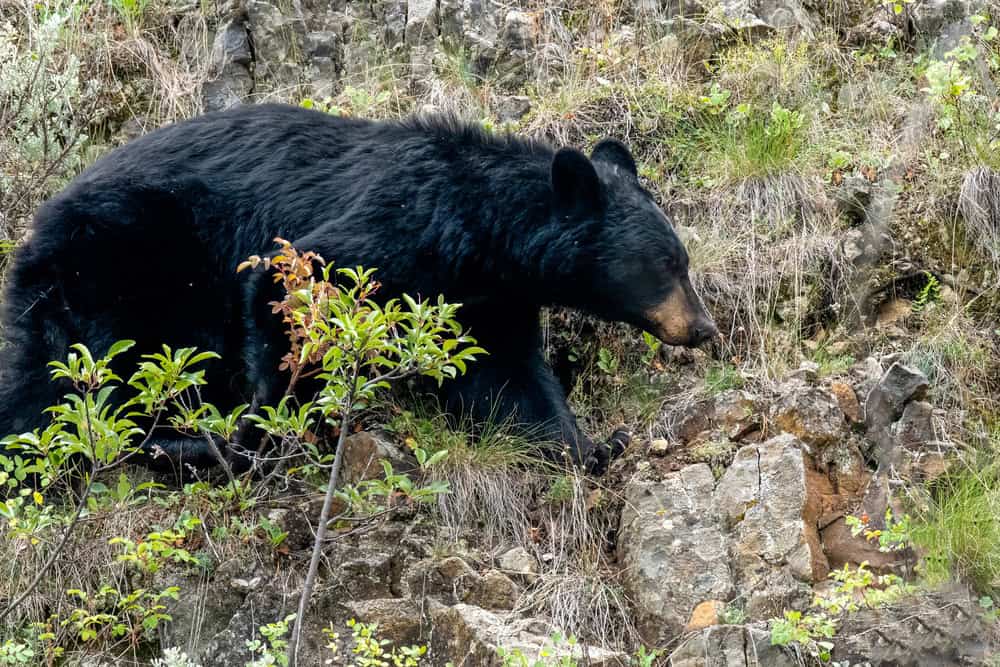
Bears have varied diets. Most are omnivores, eating both plants and animals. They consume fruits, nuts, leaves, fish, insects, and small mammals. Polar bears mainly eat seals.
Where do bears live?
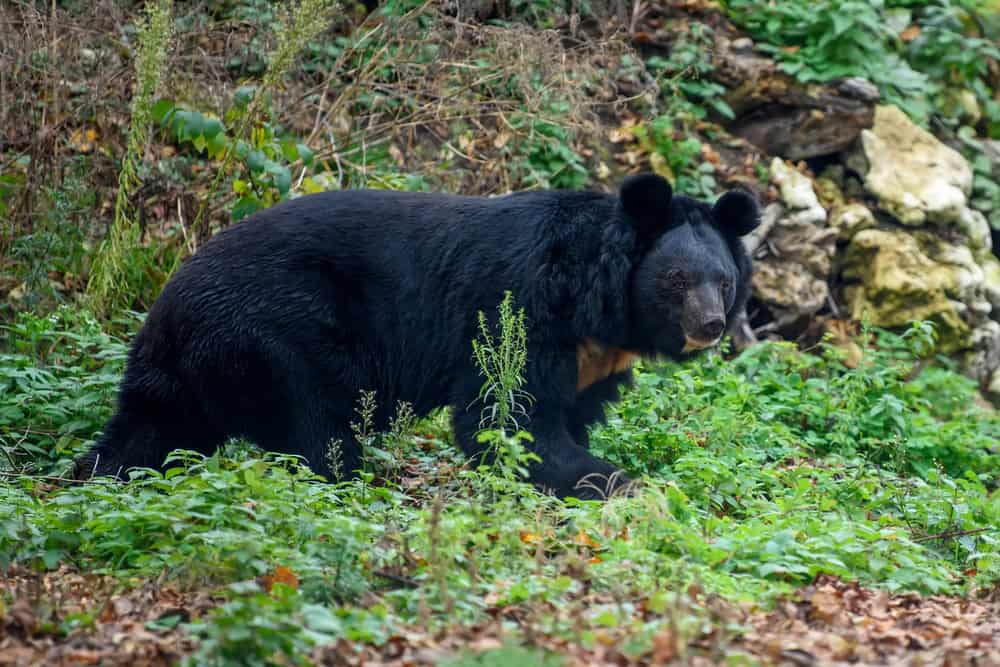
Bears are found in North America, South America, Europe, and Asia. They inhabit diverse environments from forests and mountains to tundras and coastal areas, depending on the species.
How long do bears live?
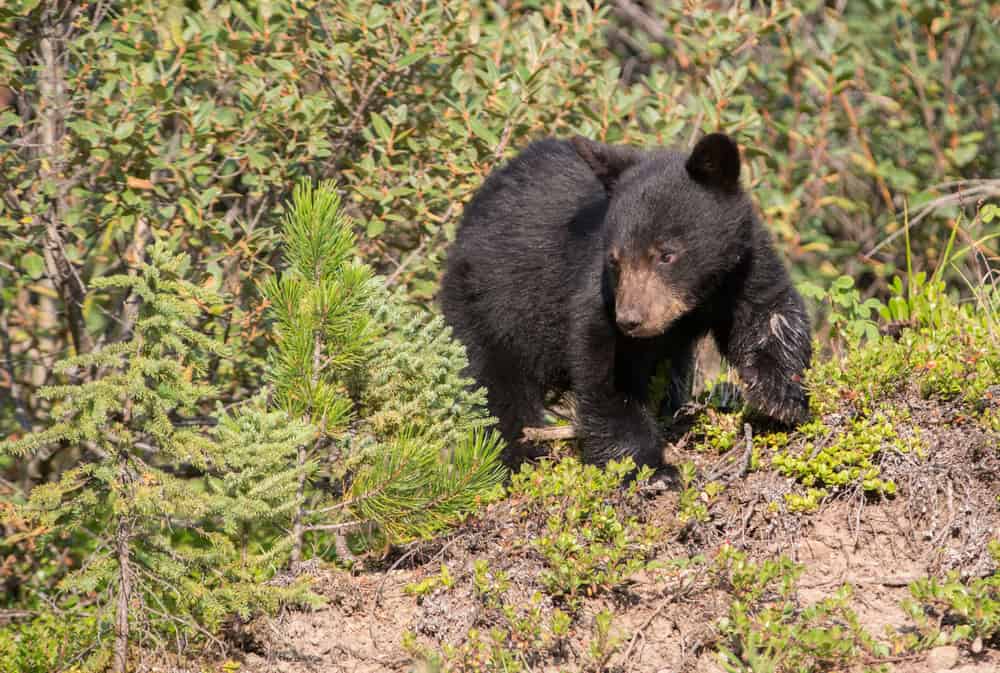
Bears in the wild can live up to 25 years, with some species living even longer. Captive bears tend to have longer lifespans due to consistent food and medical care.
Are bears dangerous to humans?

Bears can be dangerous if provoked or threatened. Most bear attacks occur because the bear feels cornered or is protecting its cubs. Generally, bears avoid human interaction.
How big do bears get?
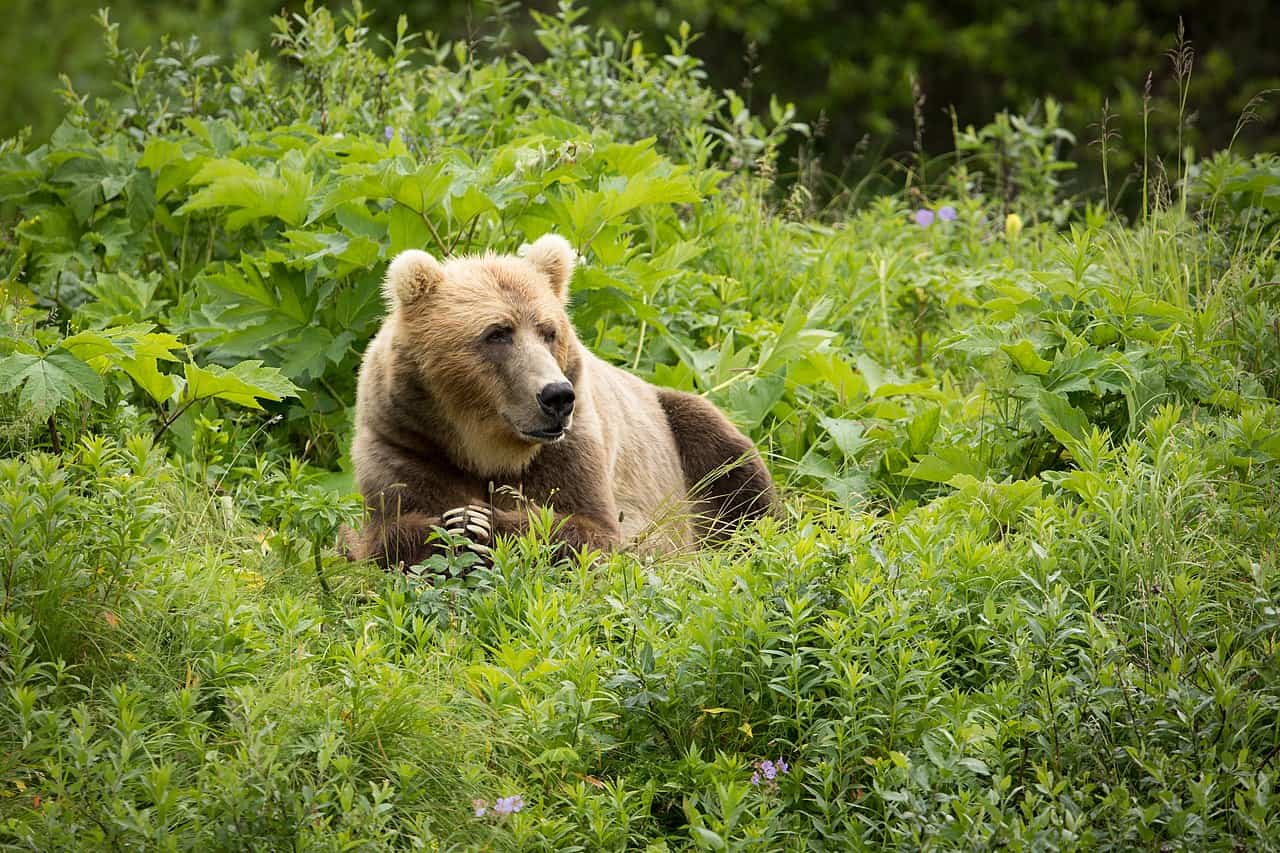
Bear sizes vary by species. The polar bear is the largest, with males weighing up to 1,500 pounds. The smallest is the sun bear, which weighs between 60 to 150 pounds.
Do bears hibernate?

Most bears hibernate during winter, except for the polar bear. Hibernation helps them survive when food is scarce. Their body temperature drops, and their metabolism slows down significantly.
Can bears climb trees?
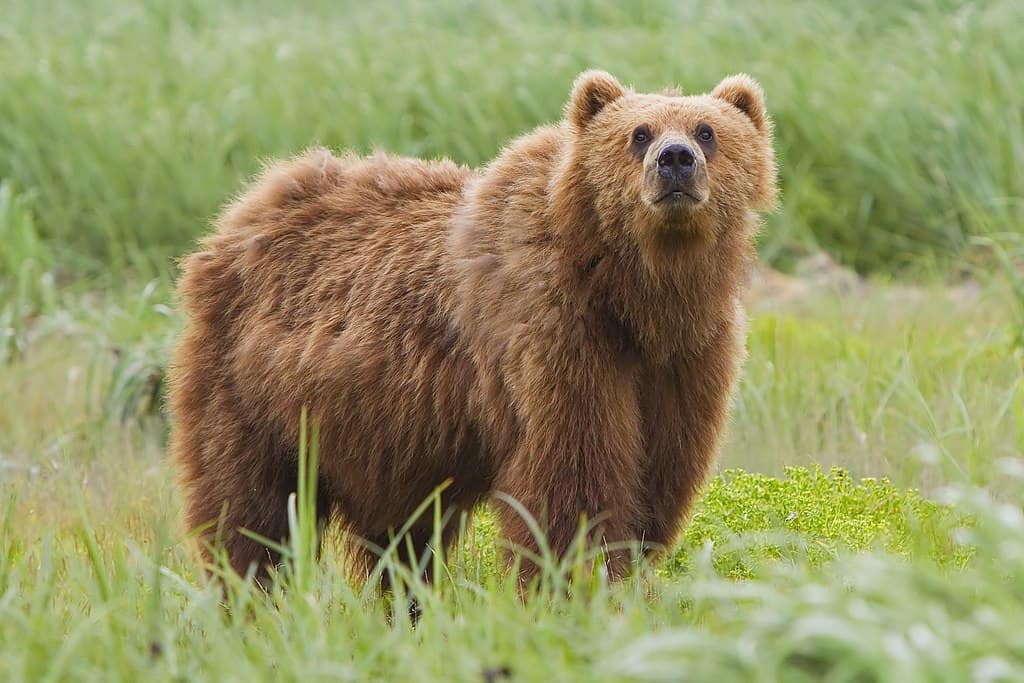
Many bear species can climb trees. American black bears are particularly good climbers. This ability helps them escape predators, find food, and sometimes even sleep in tree branches.
What is the main threat to bears?

The main threats to bears are habitat loss and poaching. Deforestation, human encroachment, and climate change impact their natural habitats, while illegal hunting targets them for fur and body parts.
How do bears communicate?

Bears communicate through vocalizations, body language, and scent markings. They growl, snort, and bark to express themselves. Scent marking helps them establish territory and find mates.
How do bears care for their young?

Female bears, or sows, are very protective of their cubs. They nurse them for several months and teach them survival skills. Cubs stay with their mother for up to two years.
Are bears solitary animals?

Most bear species are solitary, except for mothers with cubs. They typically avoid each other except during mating season. However, they may gather in groups if food is abundant, like during salmon runs.
How fast can bears run?

Despite their size, bears can run surprisingly fast. Brown bears can reach speeds of up to 35 miles per hour. This speed helps them hunt and escape danger.
What adaptations help polar bears survive in the Arctic?

Polar bears have thick fur and a layer of blubber to insulate against the cold. Their large paws help them swim and walk on ice. They also have keen senses for hunting seals.
How do bears influence their ecosystems?
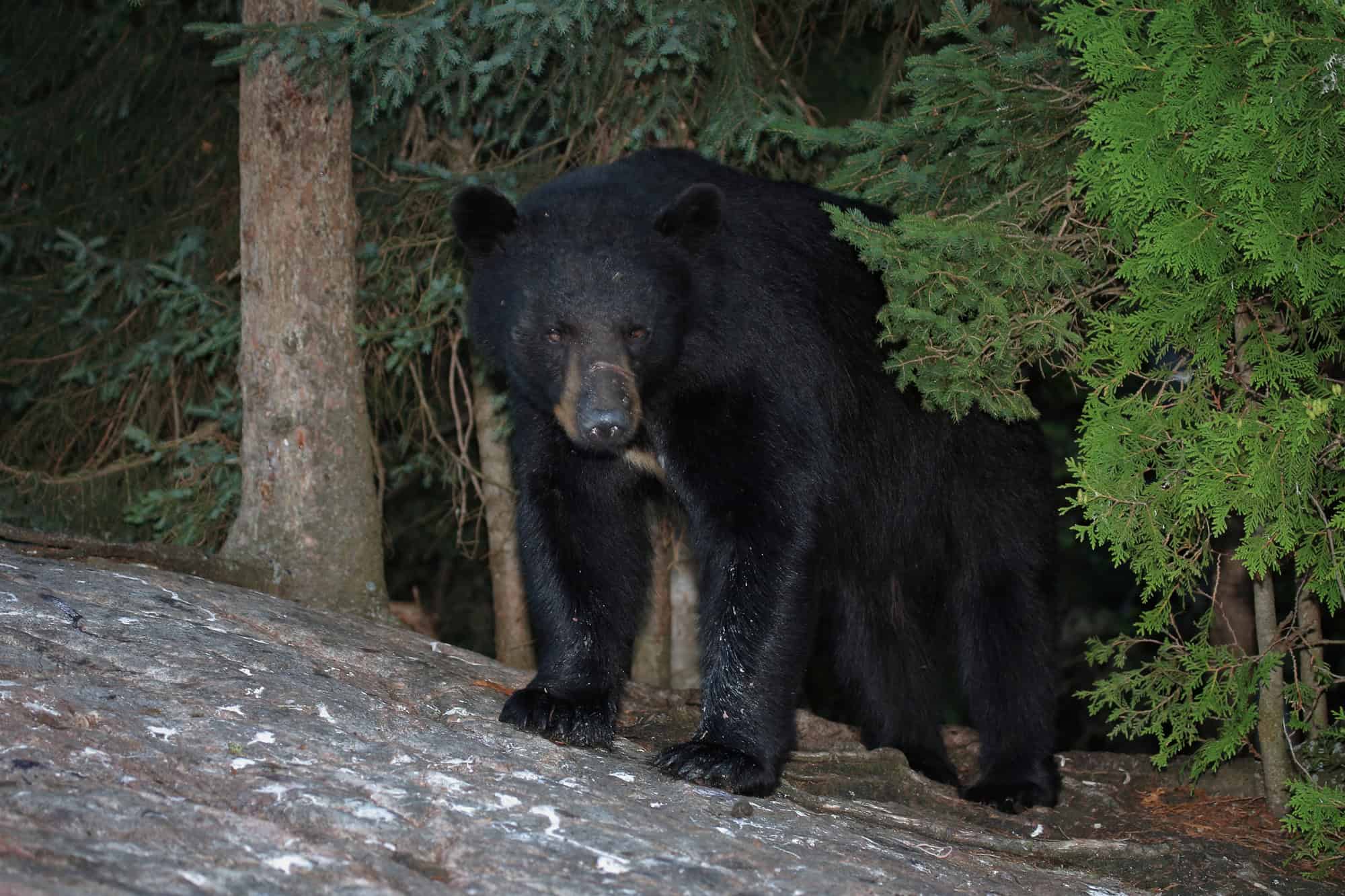
Bears play a crucial role in their ecosystems. As apex predators and scavengers, they help control populations of other animals. Their foraging habits also aid in seed dispersal, promoting forest growth.
Next up ~
- World’s Most Famous Grizzly Bear Emerges With New Giant Cub
- Grizzly Bear Spotted Feet From Alaskan Campsite
Join our Forum for free today!

- Tiger Chained Up Her Whole Life Takes Her First Free Steps - June 26, 2024
- Eagle Daringly Snatches Baby Crocodile from Mother’s Watchful Eyes! - June 25, 2024
- Young Children Watching Massive Wild Elk Only 5ft Away In Grand Canyon - June 25, 2024

